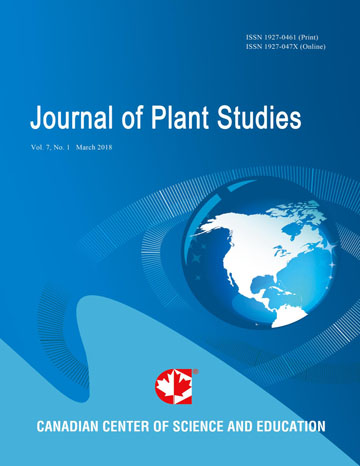Image Analysis Protocol for Detecting and Counting Viable and Inviable Pollen Grains
- Samuel Mudd
- Arathi S.
Abstract
Estimating total pollen number and viability is labor intensive and time consuming. Nevertheless the information is crucial for a range of plant biologists from plant breeders to evolutionary biologists. Viability is determined by dye staining and counting colored (viable) and transparent (inviable) grains under a compound microscope. Existing protocols have been standardized to speed up total pollen counts but their success in determining viability is rather limited because they do not incorporate staining techniques. Some of the published protocols that determine viability do so based on statistical methods but focus on just one parameter such as pollen diameter requiring manual standardization to generate two distinct size distributions for viable and inviable pollen. We demonstrate a digital image processing protocol that can count viable and inviable pollen by distinguishing colored and transparent objects in the image space, saving valuable labor and time. Using pollen grains from two plants, Collinsia heterophylla and Brassica napus, we show that differences between viable and inviable pollen are best described by a complex measure, the grain shape. By measuring several parameters such as area, length, width, circularity and elongation, while retaining all the advantages of traditional staining process, our procedure increases the accuracy of viability estimates. The only drawback of our protocol is that it uses the NIS elements a software specific to Nikon instruments.
- Full Text:
 PDF
PDF
- DOI:10.5539/jps.v1n2p158
Journal Metrics
h-index (December 2021): 17
i10-index (December 2021): 37
h5-index (December 2021): N/A
h5-median(December 2021): N/A
( The data was calculated based on Google Scholar Citations. Click Here to Learn More. )
Index
Contact
- Joan LeeEditorial Assistant
- jps@ccsenet.org
